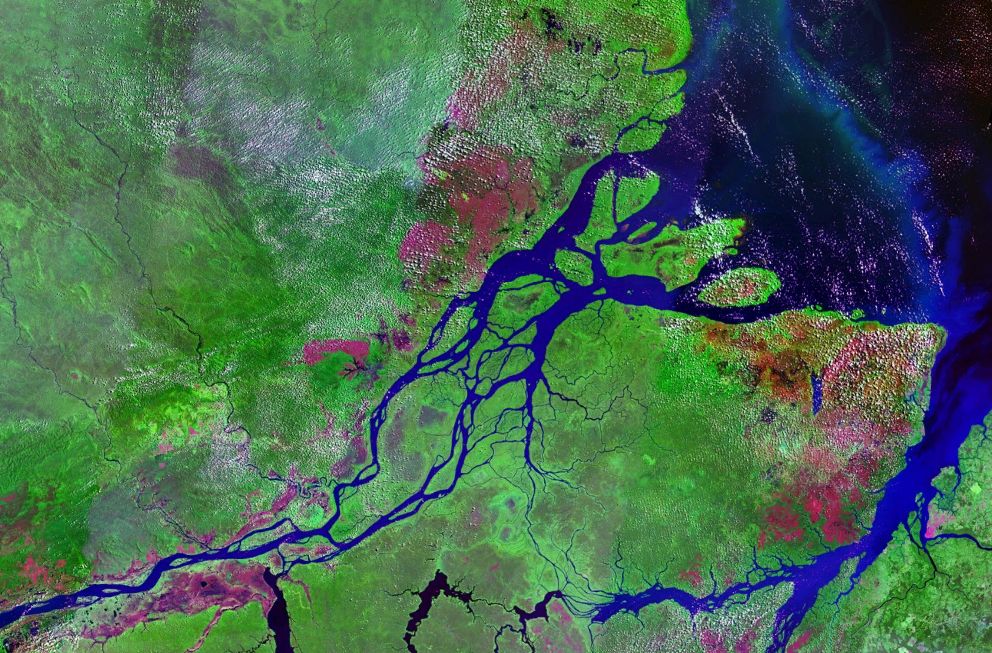Brazil’s northern coast gained attention due to significant oil finds in Guyana and Suriname. Interestingly, it’s not just oil companies watching.
Environmentalists and the oil sector mount tensions, further intensified by political splits.
From Rio Grande do Norte to Amapá lies the Brazilian Equatorial Margin. Its geological makeup mirrors Guyana and Suriname.
These nations report oil reserves nearing 13 billion barrels.
Brazil’s Ministry of Mines and Energy (MME) projects around 10 billion barrels on their side.
Expert Adriano Pires agrees. However, some believe Brazil’s portion could even beat the 13 billion mark.

There might be 30 billion barrels in deep-sea reserves. Still, the industry cherishes “recoverable” barrels.
The 10 billion barrels, recognized by MME and CBIE, are akin to the 11.5 billion pre-salt reserves noted by the National Petroleum Agency (ANP) in 2022.
Thus, some label the Equatorial Margin as the “new pre-salt” due to its vast potential.
Including all oil pockets, Brazil boasts about 15 billion barrels in confirmed reserves. In 80 years, they’ve tapped around 23 billion barrels.
Chance or Risk?
Many see this as a unique opportunity. A chance to harness oil’s riches before demand possibly wanes due to shifting energy sources.
Additionally, it could spur societal and economic growth.
Conversely, environmentalists urge caution. They highlight unclear environmental risks, like potential spills.
The Amazon, Brazil’s vast green belt, houses rare species and diverse communities.
Currently, the focus lies on the “FZA-M-59” block, claimed by Petrobras in 2013. It is located in the Amazon Basin and is one of five in the Equatorial Margin.
Petrobras, however, faces hurdles in obtaining drilling permission. If greenlit, they aim to invest $3 billion over five years.
MME states that 41 active oil and gas contracts exist. Plus, 81 exploration blocks await claimants.
Several firms won contracts in 2013 but faced licensing issues. Only small operations currently run in the Equatorial Margin’s shallow waters.
Environment vs. Industry
The Brazilian Institute of the Environment (Ibama) identified gaps in Petrobras’s studies.
Petrobras retorts, noting their exploration is 500 kilometers from the Amazon River, at depths beyond 2,800 meters. They underscore no nearby ecosystems at risk.
Yet, Ibama counters, emphasizing potential coast risks during leaks.
Addressing Ibama’s concerns, Petrobras pledges adherence to top-tier environmental standards.
Political Tug-of-war
Environment Minister Marina Silva sides with Ibama, advocating for thorough technical scrutiny. However, President Lula suggests possible intervention.
Amidst these debates, the Attorney General’s Office (AGU) seeks mediation. Their inaugural meeting looms.
Growing pressures persist, pushing for quick resolutions to boost economic outcomes. Even without environmental clearances, government projects press on.

